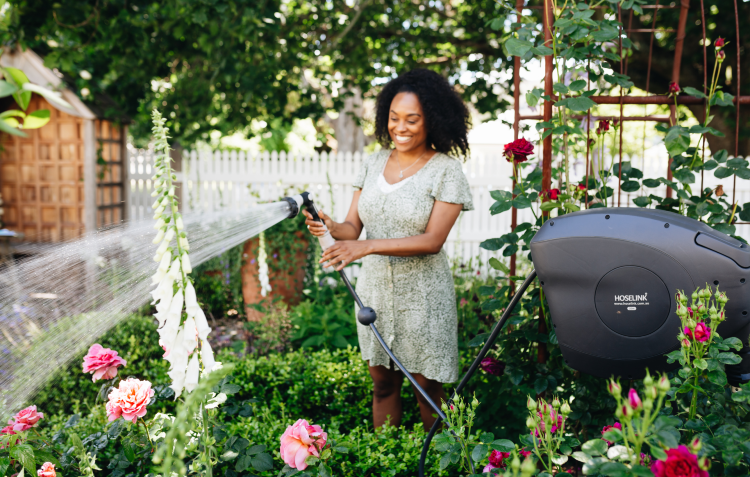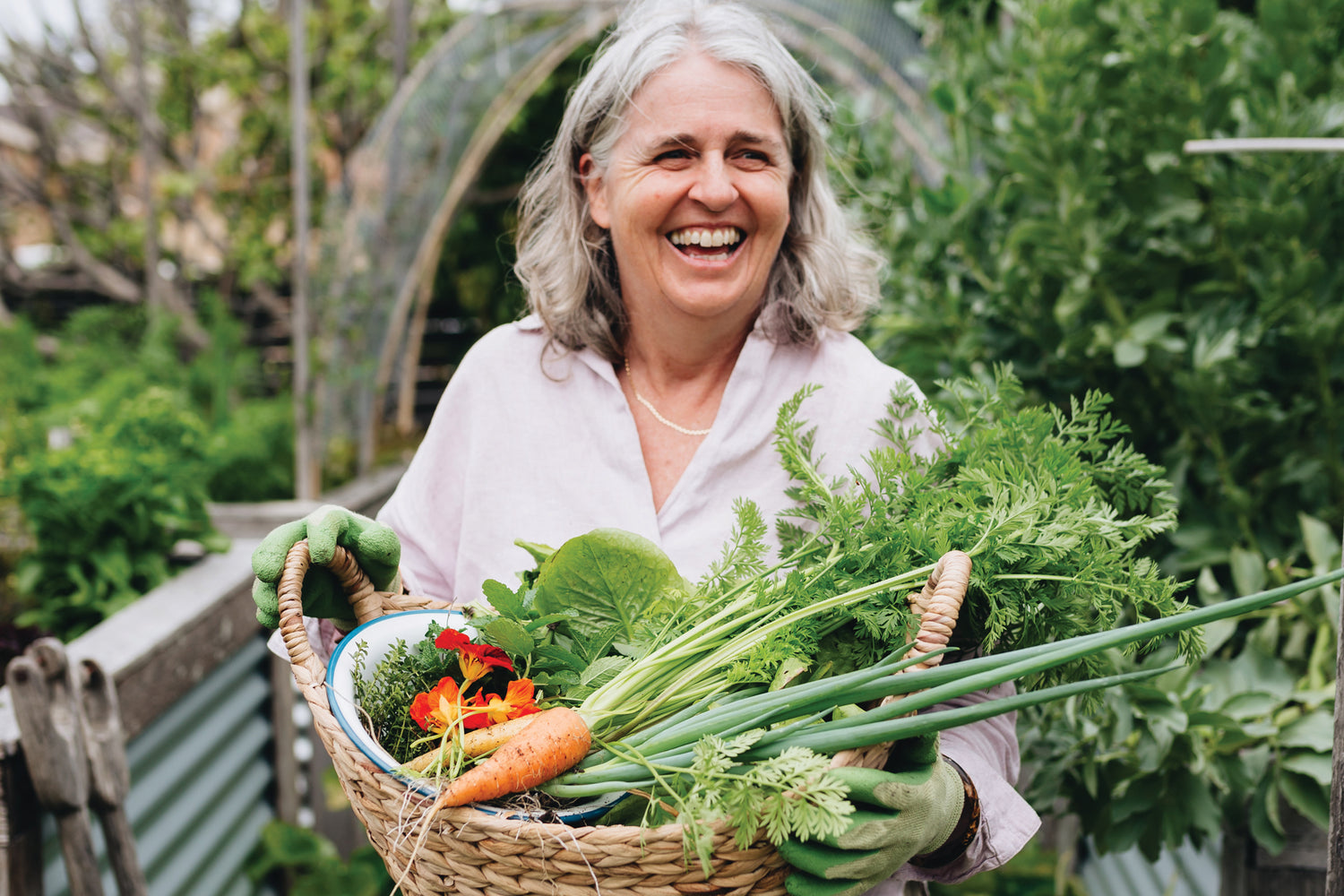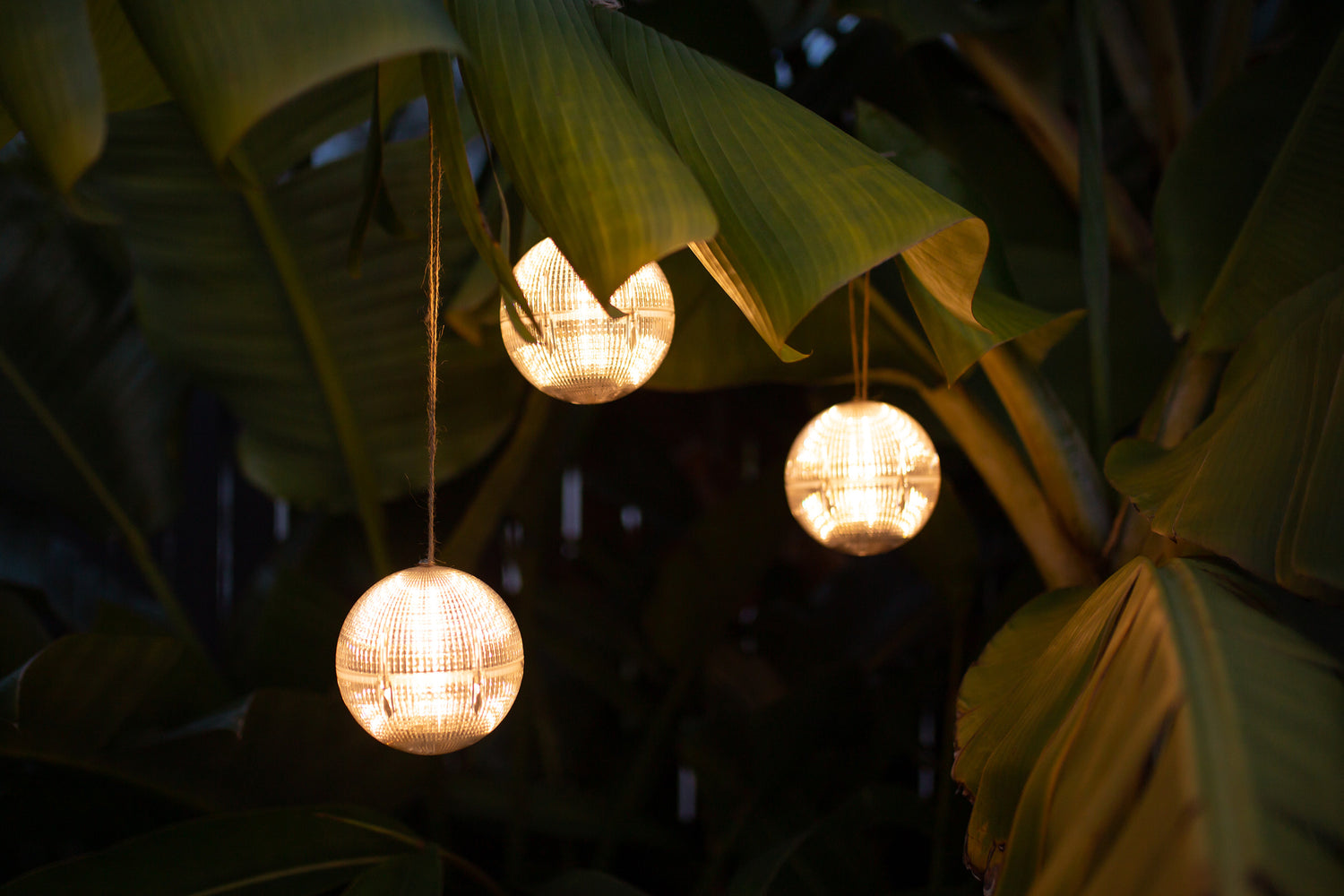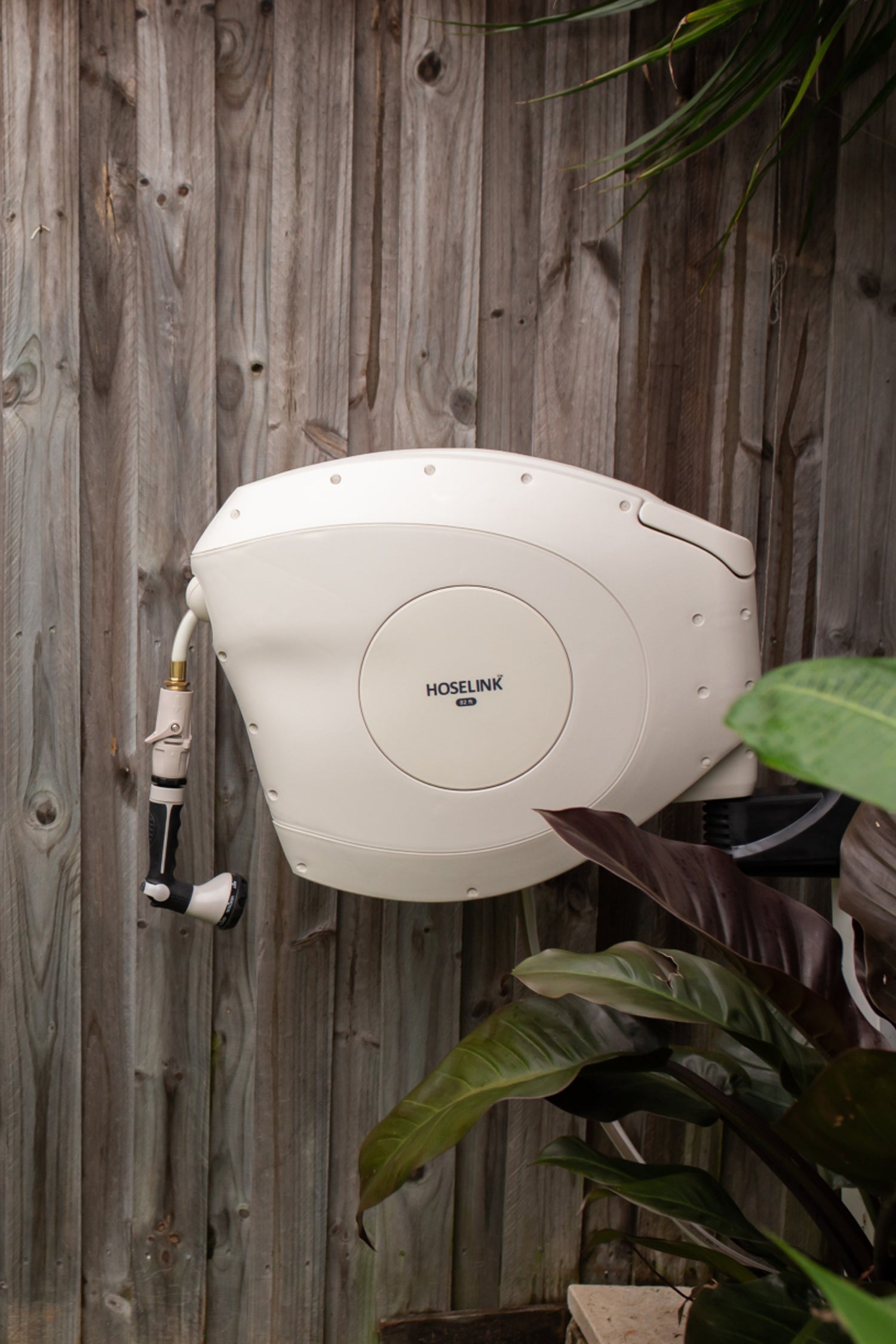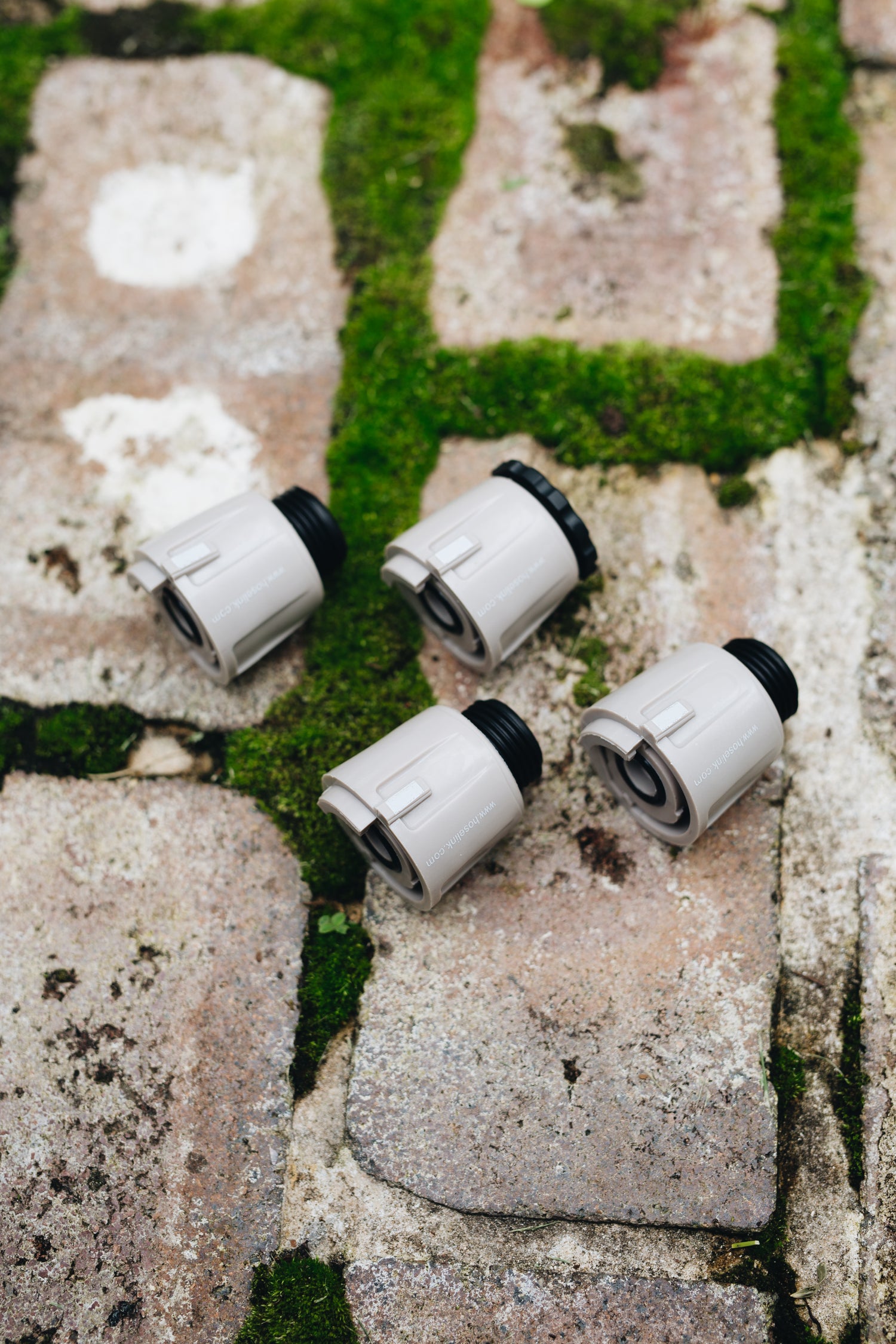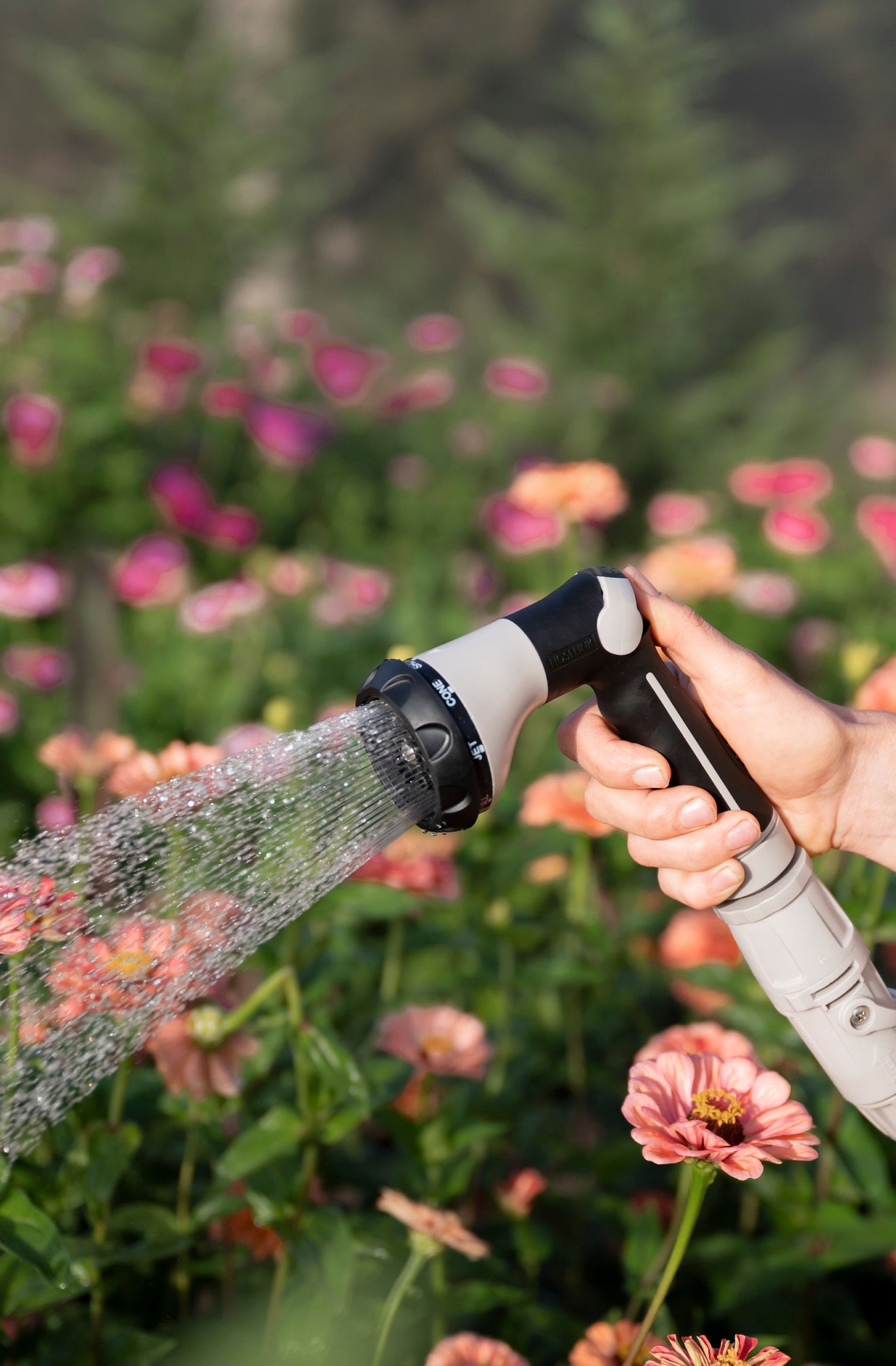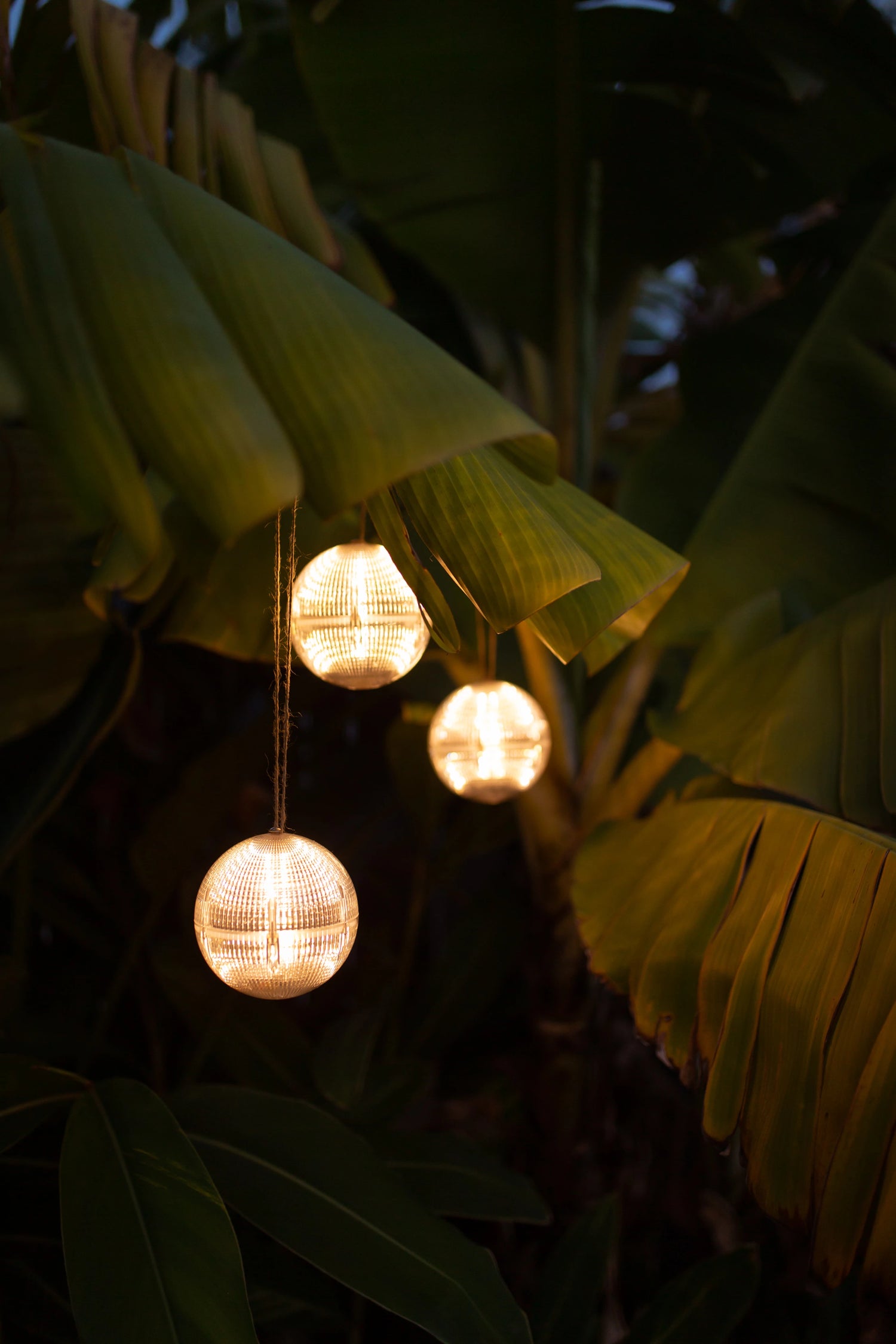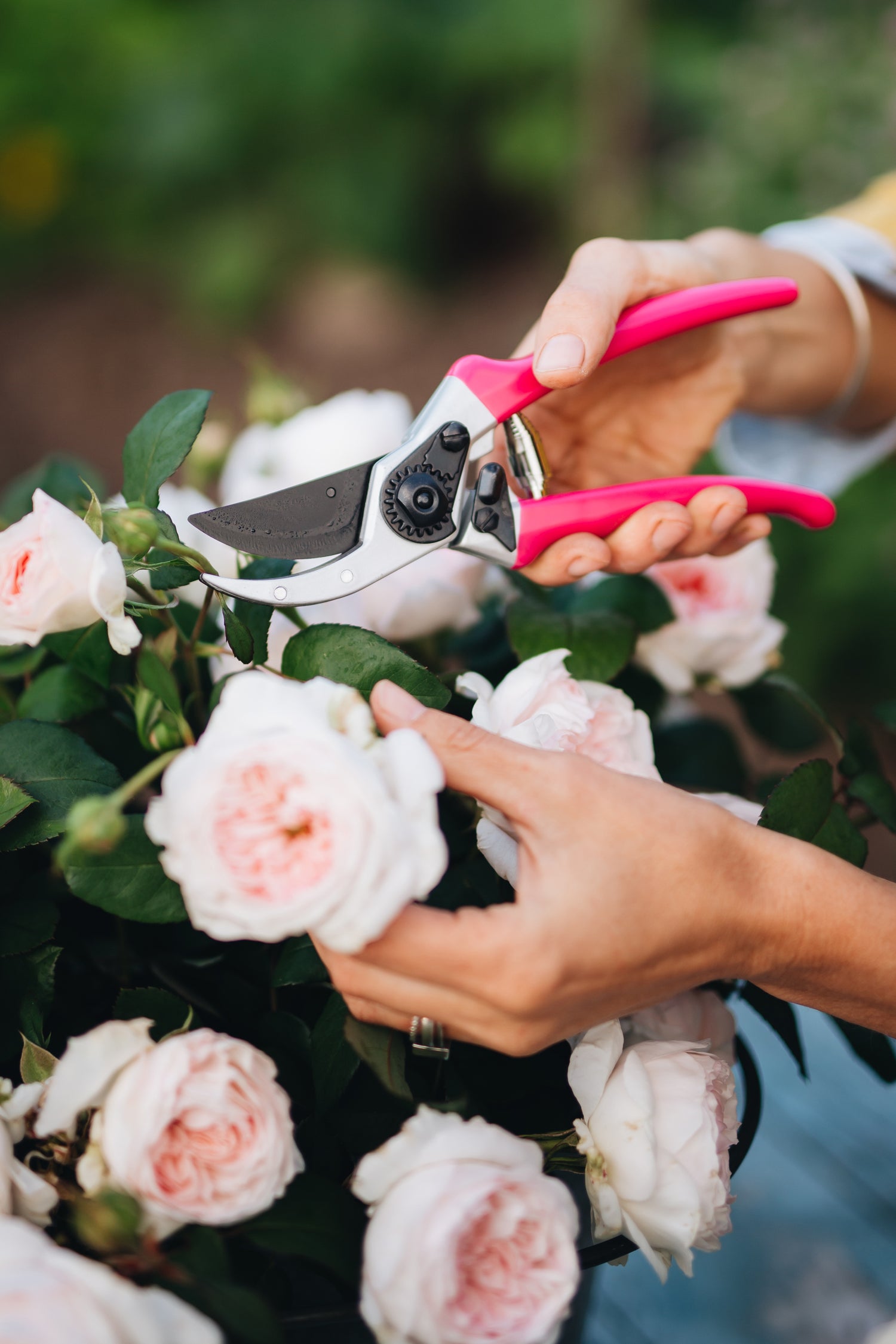As we welcome the warmer months, it is only natural to get excited about the possibilities in your outdoor haven. Hoses at the ready! Whether it’s looking forward to barbecues or harvesting from the vegetable garden, here are our top six summer gardening tips to get your outdoor space summer-ready.
Surviving the heat and watering smart
Are your plants and vegetables thriving or surviving in the sun? July can bring record high temperatures, so keep an eye out for plants that need an extra amount of watering. Plants and crops need more than surface watering to survive the summer heat. You may have already heard the sound advice of watering early in the morning, but did you know that using your hose to water at the soil level is much more effective in bringing hydration right to the roots, especially for your vegetable garden. Hoselink’s Long-reach Shower Spray Wand allows a gentle enough spray to reach the roots without damaging your seedlings or plants.

Mulching, it’s cool (ing)
Terracotta pots are susceptible to overheating but standing your pot in a saucer of water only encourages root rot and mosquitos. Using mulch in your pots or putting sand in the pot saucers and keeping them wet is a great way to keep plants cool and the moisture locked in. Moving your pot plants to a shadier area is also a great way to adjust to the summer heat.
Mulching is a smart way to retain moisture in plants, whatever your outdoor haven may be. As a rule of thumb, if you notice your moisture-loving plants’ leaves are curling, it is a sign that moisture is not getting to the roots as the water you have fed them is evaporating too quickly. Not only does mulching block sunlight, acting as nature’s air conditioner, but it also prevents weeds from growing by blocking the sunlight.
A lush lawn
Nothing signals the arrival of summer like the feeling of a fresh fluffy lawn under your feet ready for the perfect picnic or a game of soccer with a barbecue burning in the background. Preparing your lawn for summer can be easy as one, two, three. The most advantageous period for watering your lawn is before the midday sun. This allows the water to be absorbed most effectively, and you can avoid a mildewy and damp environment by not watering in the evenings.
Using a garden fork on your lawn at 15cm intervals is a great (and cheap) way of keeping your lawn aerated. The oxygen will allow better moisture and nutrients absorption, which means less watering and more fun in the sun for you!
Feeding your lawn is crucial to its wellbeing due to the number of times we cut each nutrient-rich blade of grass. Using a fertilizer spray formula makes it easy to complete this chore, especially when used with our self-rewinding Retractable Garden Hose Reel.
Lastly, make sure you don’t cut your lawn too short to allow longer grass blades to create shade and protect the soil underneath. Raise the cutting height of your lawnmower to the highest setting so that the grass doesn’t dry out as quickly. Mowing every two to three weeks is recommended.
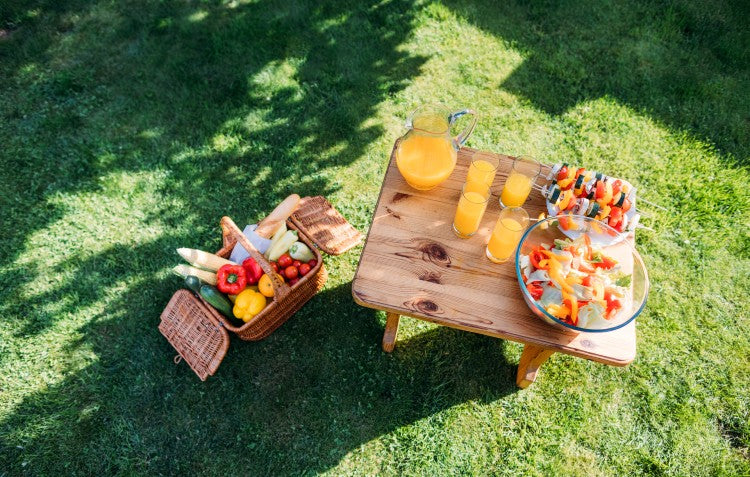
Summer vegetable garden
Vegetable patches are here to stay (yay) since their triumphant return during the COVID-19 pandemic lockdowns. Gardeners of all abilities tackle growing weird and wonderful seasonal fayre. A summer salad grown in your own outdoor space is so satisfying! Some great summertime fruits and vegetables that flourish in the warmer months include cucumbers, tomatoes, peppers, berries, squash, corn, and melon. We touched briefly on watering your veggies, fruit trees, and seedlings at the soil level and mulching so that the plants stay well hydrated in the unforgiving heat. However, most vegetable plants thrive in full sun, so try to find a location that gets at least six hours of sunlight per day. Sowing taller plants such as corn, tomatoes, or pole beans on the north or west side will allow your shorter plants to get enough sun exposure.
Harvesting frequently during these warmer months ensures larger crops as vegetables and fruits that aren’t harvested create chemicals that prevent further blossoming. So, make sure you use your produce and invite friends over to enjoy them with you.
Lastly, don’t forget that summertime is a great occasion to invite your insect guests into your outdoor space to ensure pollination. If you are thinking, ‘why would I want bees and creatures in my garden?’ we don’t blame you. But don’t forget, without them and their magical work, we cannot have a flourishing crop. So, ditch the nets and make sure you plant plenty of flowers and herbs alongside your veggie patch. Sunflowers are a great option if you want to seed something and walk away.

Splash some color!
Speaking of sunflowers, don’t forget to add some color to your summer space with bright annuals. Here are some flowers that have fun in the sun and are great planted in pots as well:
- Pentas or Pentas lanceolata are hardy in zones 8-11. These heat-tolerant toughies attract pollinators to bring that Snow White feeling to your outdoor space by attracting hummingbirds, sunbirds, and bees to its sweet nectar.
- Hibiscus gives that tropical feeling to your outdoor haven and is hardy from zones 9-11. Easily grown in pots as well, you’ll be spoilt for choice when it comes to colors.
- Verbena thrives in the sun, and the best part is there are so many varieties that they are hardy in zones4-11. Pot them and watch them busily bloom.
- Marigold or Tagetes are native to India and love the heat. Keep them in zones 2-11 and in full sun for heavy bloom. With different varieties available, you can choose to grow them as a perennial as well.
- Geranium orPelargonium is one of the top heat-resistant flowers hardy from zones 5-12. Whether you are potting them or growing them in your borders and beds, these traditional flowers are perennials that bloom vigorously.
- Silver Cock’s Comb orCelosia argentea is such a beautiful addition to any summer garden with its unusual shape and brighter than bright hues. These annuals are perfect for balcony gardens, too, and can handle full sun in zones 7-11.

Don’t feed the weeds
We have left the most enjoyable chore till last (not)! However, you could also look at weeding as your time to meditate. Removing weeds from your summer vegetable garden or flower bed reduces the competition for limited moisture and nutrients in the soil. And if you are not in the mood to meditate while you weed, you can always do your lower back a favor and use Hoselink’s Stand-Up Weed Puller. Be careful to keep your digging shallow, so you don’t bring new weed seeds to the surface. Do not leave pulled weeds on the surface; it’s better to remove them entirely before they flower again. Weeds are easier to remove when the ground is moist, such as the day after a rainfall. Clean tools before you move from one area of the garden to another to avoid spreading weed seeds. Lastly, you’ll do yourself a favor if you weed before the hottest part of the day! Nothing worse than weeding and struggling in the heat.
It is now time to light the barbecue, get the summer cushions fluffed, and invite your loved ones over to enjoy your gorgeous summer garden!

